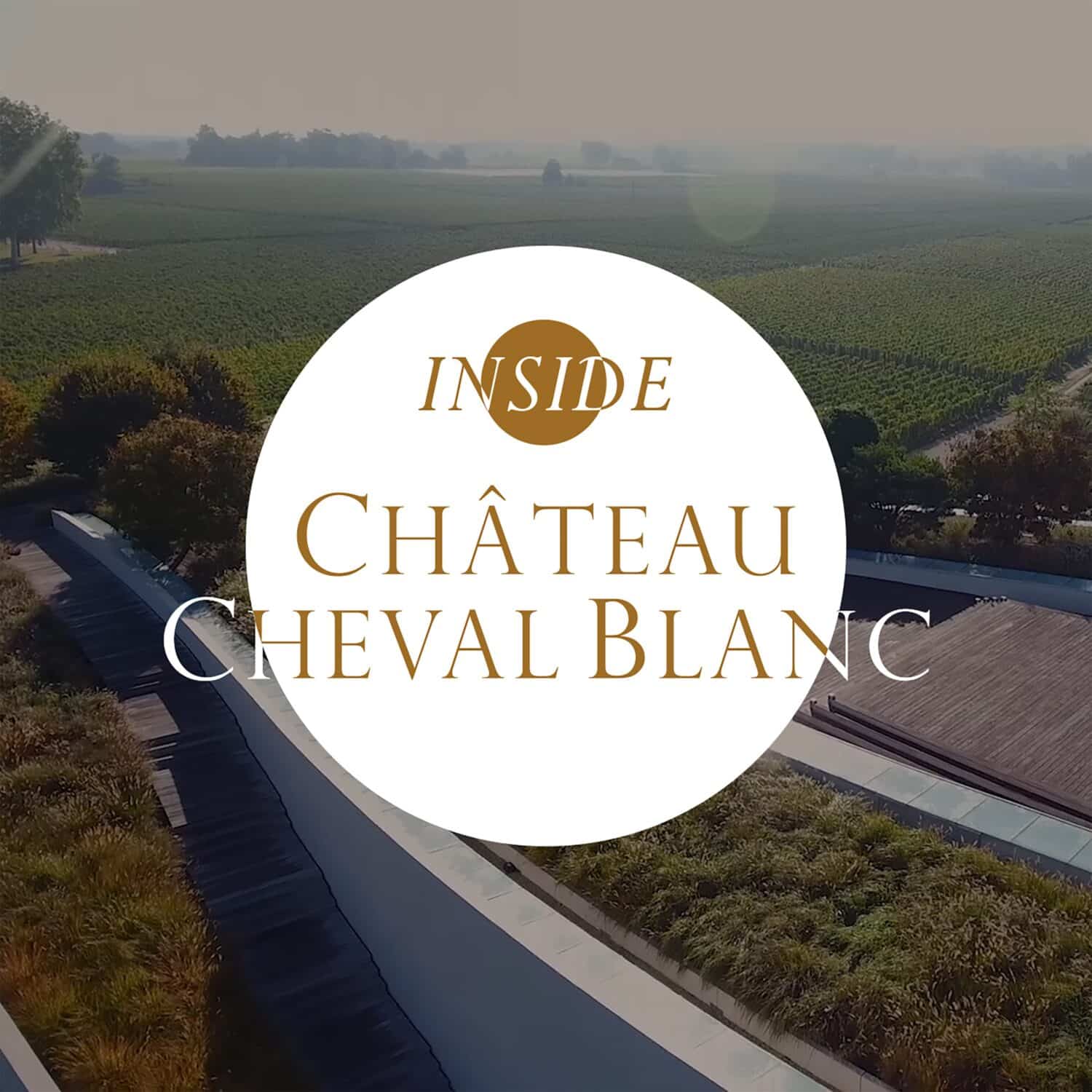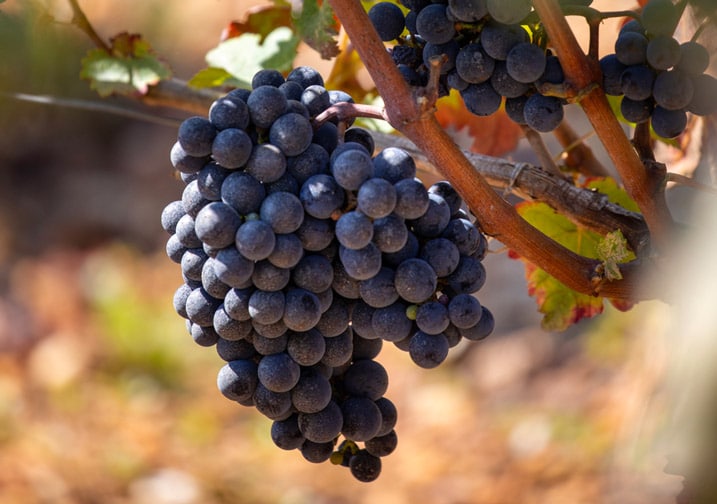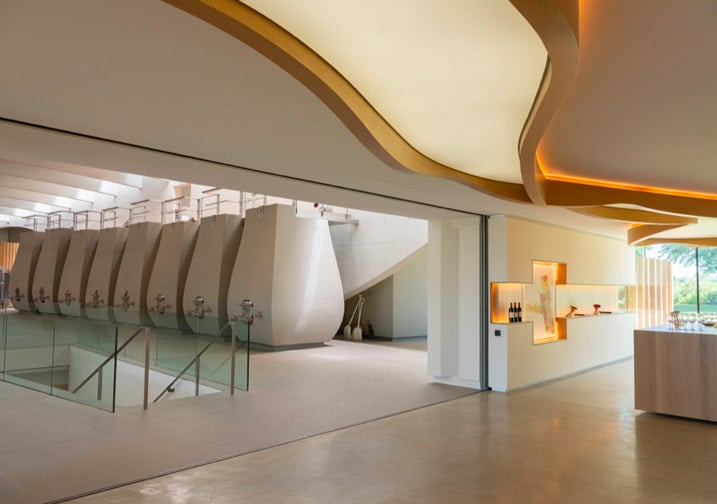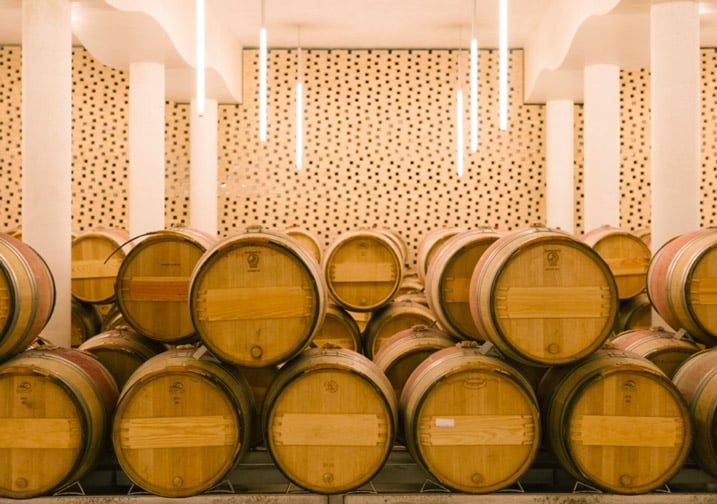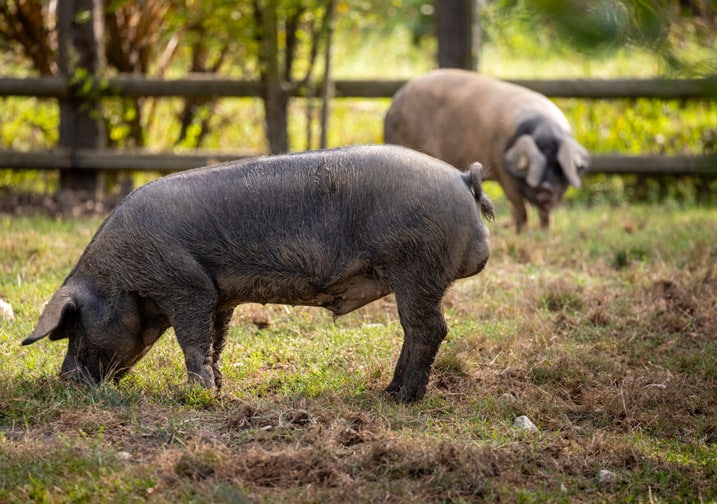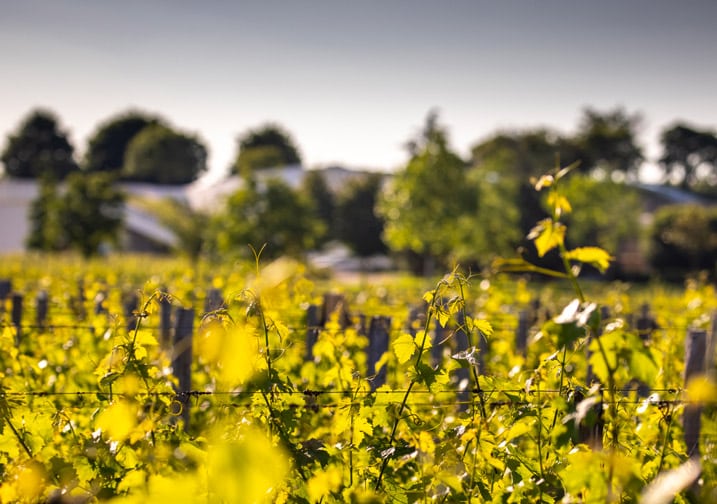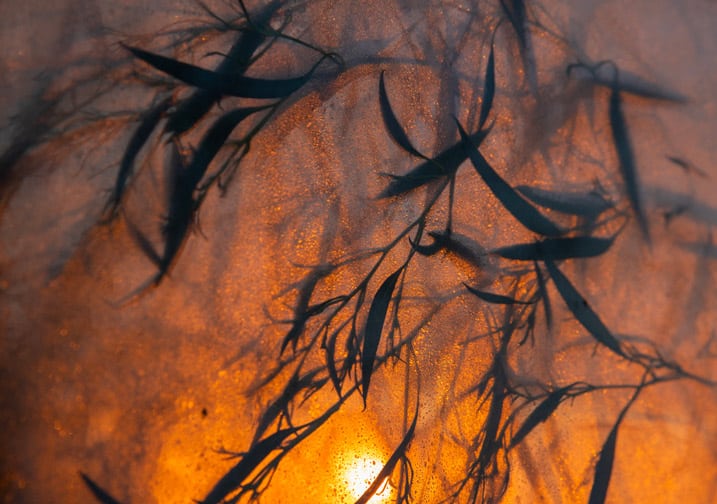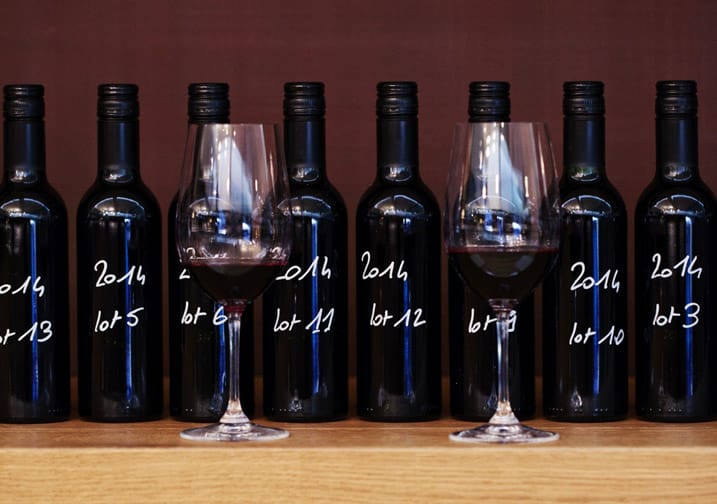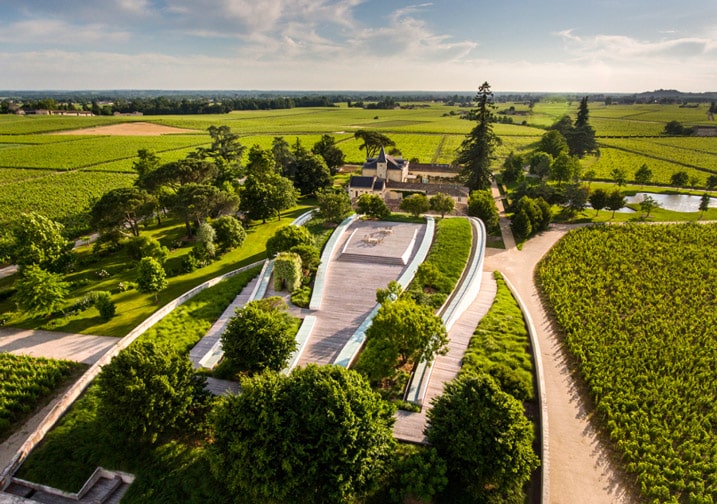
Le Domaine
Saison 1, épisode 1.

Le Domaine - Saison 1, épisode 1.
July • August
Welcome to Libourne, 40km east of Bordeaux. Surrounded by vineyards as far as the eye can see in the valley of a thousand châteaux, suddenly, a small wooden sign indicates our destination. At the end of a long alley of cedars Pierre Lurton, Director of Château Cheval Blanc, is waiting for us.
Château Cheval Blanc is renowned throughout the world as an exceptional wine. This Saint-Emilion, with its similarities to Pomerol and its unconventional grape varieties spread over 53 difference plots, has been making its mark since 1832. In this first episode, we discover the place, history and geography of Cheval Blanc and we meet the people who work on this legendary terroir from day to day.
